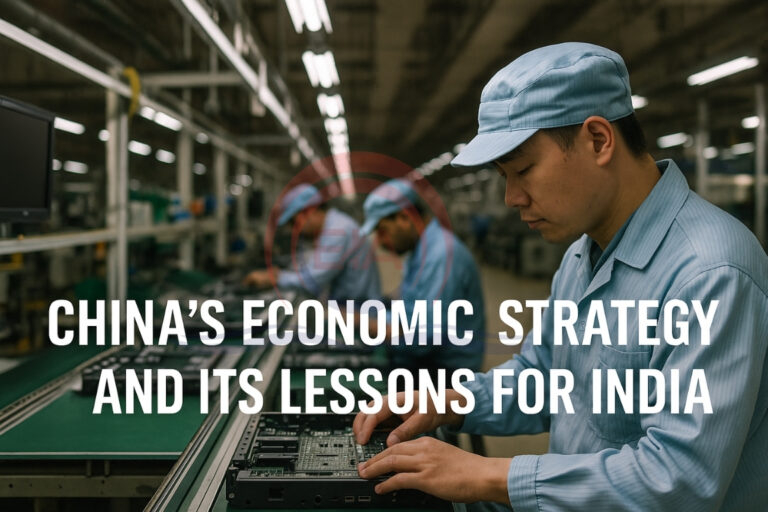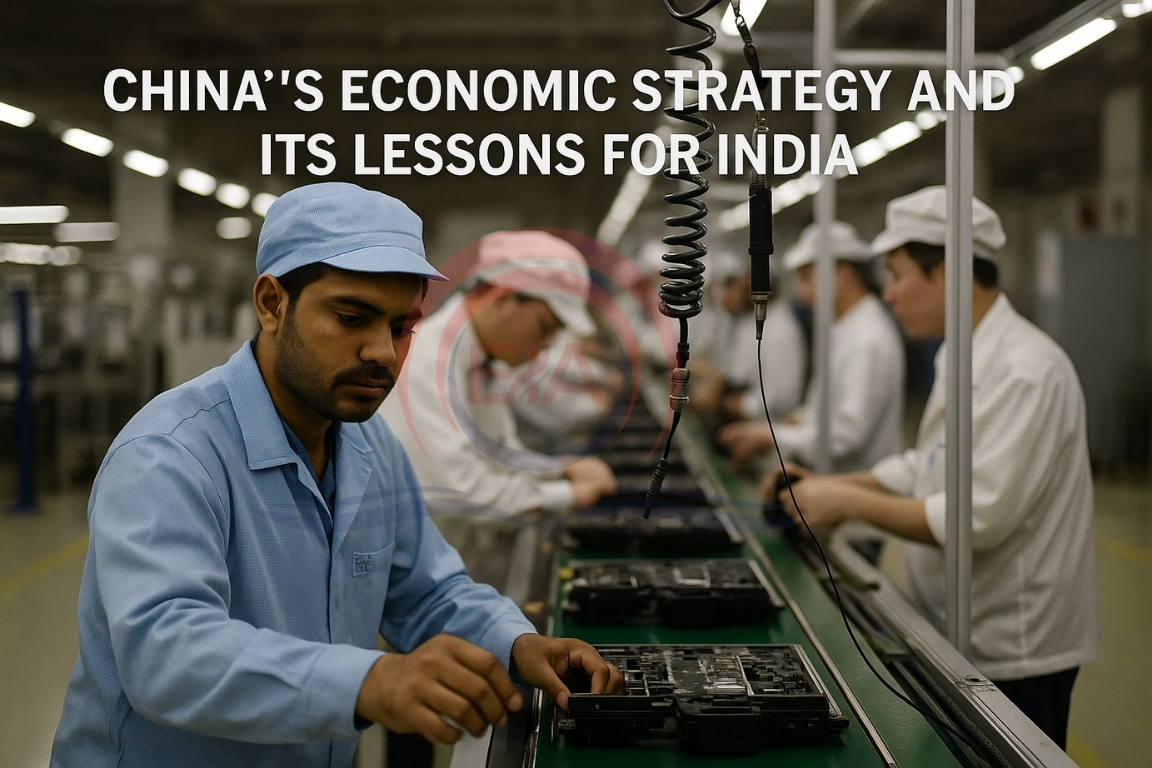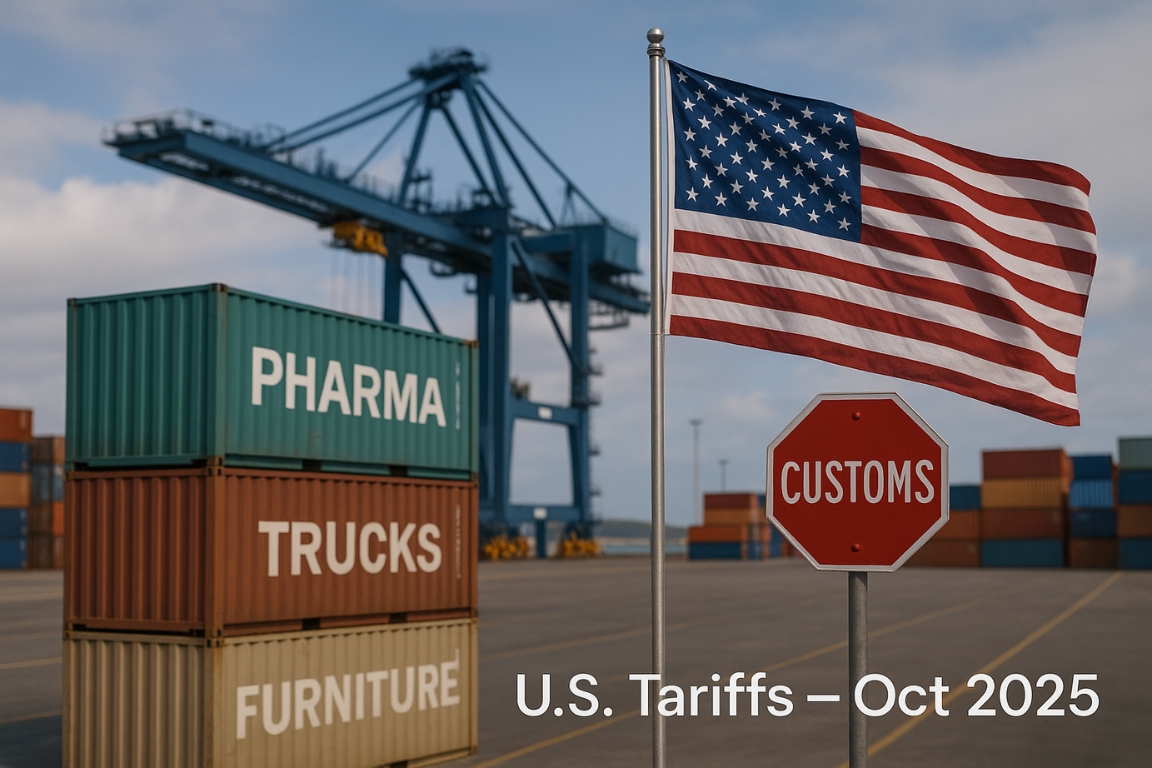A large number of Chinese engineers recently left key iPhone manufacturing sites in India, raising concerns about China’s subtle attempts to slow India’s rise in electronics manufacturing. This comes at a time when the U.S. has raised tariffs on Indian goods, even as China faces fewer trade restrictions.
China’s Withdrawal of Engineers: A Strategic Move
- Over 300 Chinese technicians left Foxconn’s iPhone production plants in Tamil Nadu and Karnataka.
- These engineers were key to setting up and running high-tech manufacturing lines.
- Their departure seems designed to limit India’s access to advanced manufacturing skills and know-how.
- This indirectly delays India’s efforts to grow in the electronics sector.
Use of Economic Tools to Curb India’s Growth
- China has restricted exports of critical materials like gallium, graphite, and rare earths to India.
- Informal barriers, such as verbal orders and delays, are being used to block shipments of key manufacturing equipment.
- These tools increase production costs and slow down supply chains in India.

China’s Motive: Protecting Its Economic Dominance
- China views India’s growing manufacturing ambitions as a threat to its own leadership in exports.
- Maintaining high export earnings is crucial for China due to: An aging population. A weak domestic market. Rising welfare and pension costs.
- Hence, it tries to prevent competitors from catching up.
India’s Challenges in Manufacturing
- India still depends heavily on imports for electronics, semiconductors, machinery, and raw materials.
- The domestic manufacturing ecosystem is still growing and lacks strong infrastructure.
- Bureaucratic delays and policy gaps further affect industrial growth.
- The “Make in India” vision needs global help and local reforms to succeed.
Double Standards in Global Trade
- The U.S. imposed a 50% tariff on Indian goods, even though China, which imports more Russian oil, got a 90-day exemption from tariffs.
- This highlights the fragile nature of global partnerships and emphasizes the need for India to become strategically self-reliant.
Conclusion:
China is using trade tools, critical resources, and human expertise to slow India’s manufacturing progress. India must learn from this, reduce its import dependence, and strengthen its foundation to truly compete globally.





